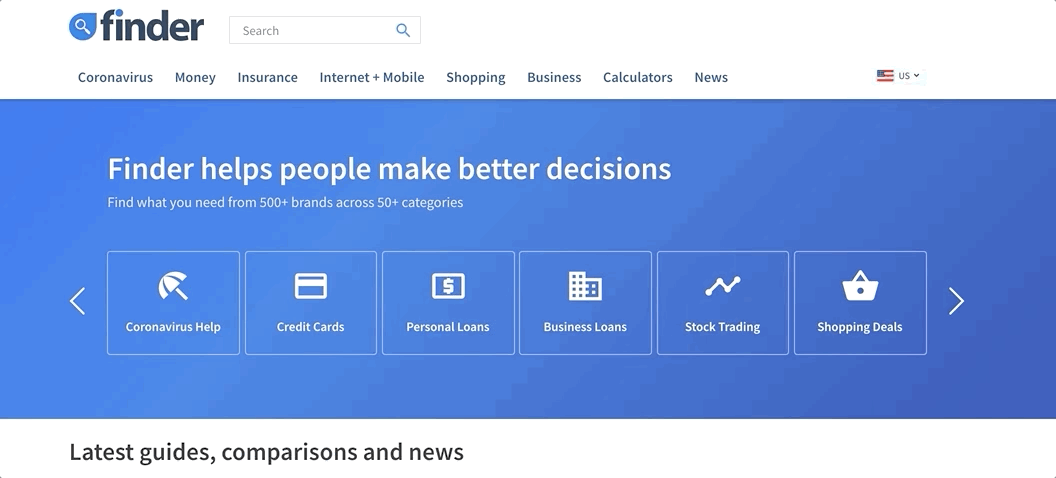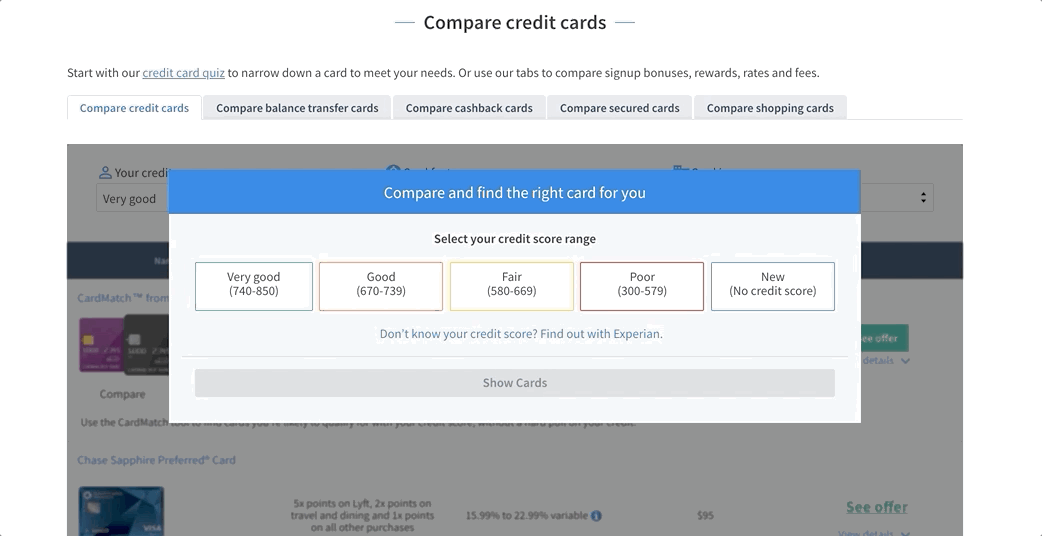Enabling Pega's developers to confidently and quickly respond to customer feedback


- Continuous Delivery
-
Senior DevelopmentChris Shelton
Pegasystems Inc (Pega) is the leader in cloud software for customer engagement and operational excellence. Businesses rely on Pega’s AI-powered software to optimize customer interactions while ensuring their brand promises are kept.
Pega’s development team grew rapidly and was suddenly faced with technical challenges of delivering value to customers confidently and at speed. Pega hired Last Call Media to help improve, automate, and scale their deployment pipelines, and implement DevOps best practices.
How we did it
After studying Pega’s workflow to identify areas of improvement and discuss pain points, we found that the team’s main challenges were around deployment. Developers did not have a strong sense of confidence in the deployability of the code and team members still relied heavily on manual testing during the development cycle. This caused delays that frustrated the team and impacted the business agility.
We all agreed that the development team should be able to write automated tests to rely less on tedious manual testing. With this goal in mind, we looked into removing blockers for the Pega team.
The development team should be able to write automated tests to rely less on tedious manual testing.
Pega’s hosting provider at that time was making it prohibitively expensive to spin up the desired number of environments to test on, meaning, we had to find a cost-effective solution to spin up and spin down environments to enable automated testing. Providing those initial environments would also unlock the ability to demo and review work more easily before deploying to production.
Pega is a highly technical group and we wanted to fully empower them to do their best work confidently. After reviewing and discussing internally and with Pega all of the various options on the market and the costs associated, we chose to develop a custom solution built on Kubernetes in AWS. We made sure that all configuration of the entire system was built with Terraform and in a Github repository, meaning anybody on Pega’s team could dig into the codebase to understand it and make changes in the future. Fully documenting the new system and how to use it has always been a priority for any client engagement.
Fully documenting the new system and how to use it has always been a priority for any client engagement.
With that foundation set up, we were quickly able to load Pega’s application into Docker images, write sample automated tests and give their development team the ability to deploy an unlimited number of environments, one per Github branch, at a reasonable cost.
As a result of our work with Pega, their team gained confidence in its automated building and testing systems to bring the company closer to continuous deployment. Pega can now confidently deliver incremental improvements in small batches. This improved the quality of their product, and helped uncover bugs before they reached production.
Pega can now confidently deliver incremental improvements in small batches. This improved the quality of their product, and helped uncover bugs before they reached production.
Releasing smaller batches of work led to low-risk deployments and allowed improvements to reach the site’s users faster. Automating testing lowered costs and improved quality. The Pega team was able to rely on computers to do the repetitive tasks computers are good at and freed up Pega team members to do what humans are good at: listening to customers, solving problems, and being creative.



